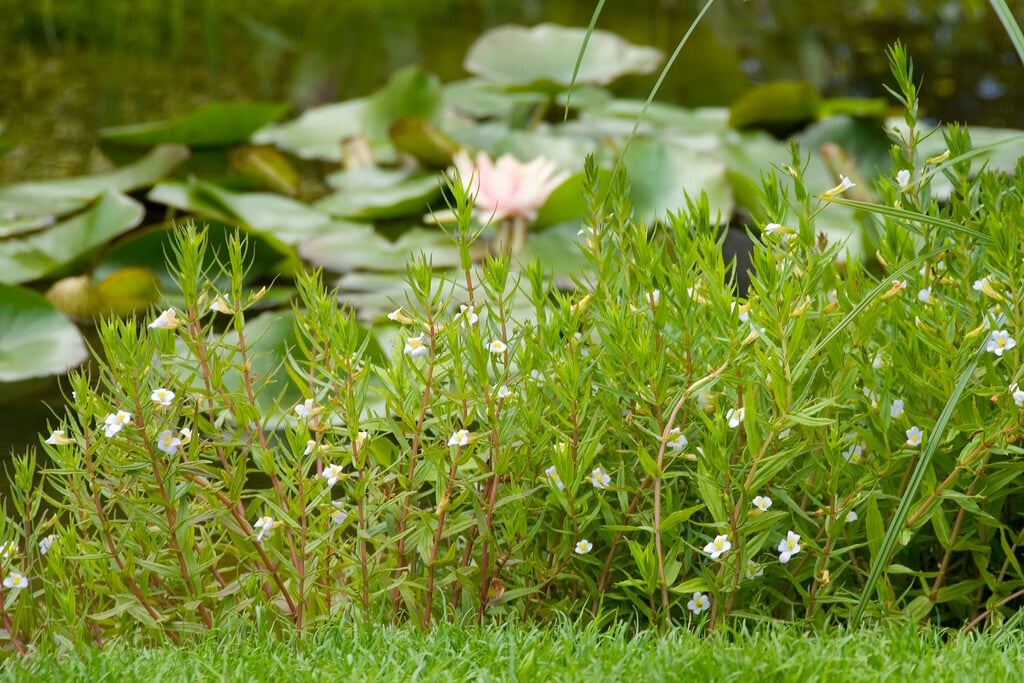Not the plant you're looking for? Search over 300,000 plants
Herbaceous Perennial
Size
Ultimate height
0.5–1 metresTime to ultimate height
2–5 yearsUltimate spread
0.1–0.5 metresGrowing conditions
Chalk
Clay
Sand
Loam
Moisture
Poorly–drained, Moist but well–drainedpH
Acid, Neutral, AlkalineColour & scent
| Stem | Flower | Foliage | Fruit | |
| Spring | Purple | Green | ||
|---|---|---|---|---|
| Summer | Purple | Green | ||
| Autumn | Green | |||
| Winter |
Position
- Full sun
- Partial shade
Aspect
West–facing or South–facing or East–facing
Exposure
Sheltered Hardiness
H4Botanical details
- Family
- Phrymaceae
- Native to GB / Ireland
- No
- Foliage
- Deciduous
- Habit
- Columnar upright
- Genus
Mimulus can be annuals, perennials or evergreen shrubs, with paired leaves and 2-lipped tubular or trumpet-shaped flowers in terminal racemes or in the leaf axils
- Name status
Correct
How to grow
Cultivation
Grow in fertile, very moist soil in sun or partial shade, ideal for damp beds or bog gardens
Propagation
Propagate by seed
Suggested planting locations and garden types
- Cottage and informal garden
- Low Maintenance
- Flower borders and beds
- Garden edging
- Wall side borders
Pruning
Cut back old growth at the end of the season
Pests
Diseases
May be susceptible to powdery mildews
Get involved
The Royal Horticultural Society is the UK’s leading gardening charity. We aim to enrich everyone’s life through plants, and make the UK a greener and more beautiful place.
